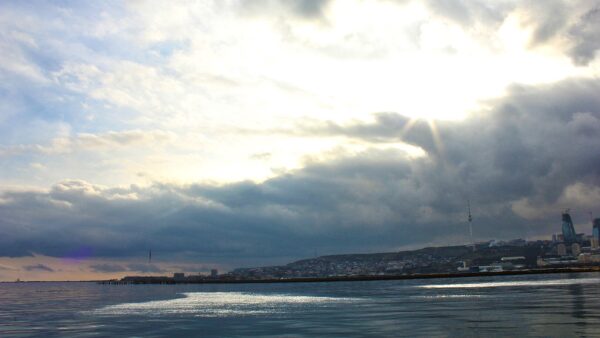By 2020, aviation will account for more than one-third of Dubai’s economy, according to a study commissioned by UK think tank Oxford Economics and published on 17 November.Â
The report, which was jointly commissioned by the Emirates Airline and Dubai Airports, reported that the aviation and tourism sector last year contributed $26.7bn to the Dubai economy. This made up 27% of its GDP and supported a total of 416,500 jobs, or 21% of the emirates’ total employment.Â
It is estimated that the overall economic impact of aviation and tourism would rise to $53bn in 2020. This will be equivalent to 38% of Dubai’s GDP, supporting more than 754,500 jobs.Â
By 2020, the report estimates that the Emirates Airline will fly 70 million passengers using two airports, Dubai International Airport and Dubai World Central Al Maktoum. Â
Most of those passengers will not be stopping, however. Dubai is aiming to capitalise on its position between Europe, Asia and the growing market of Africa to become a “mega hub”. This means that a traveler in any city in the three continents will eventually be able to fly to any other city by changing planes there. Â
In 2013, Oxford Economics estimated that passengers could connect from Dubai to 149 cities with populations of over 1 million people, creating potential export markets of more than 916 million people, or 13% of the world’s population. Cargo tonnage between 1990 and 2013 handled in Dubai has grown by an average of 13.5% per year, compared with global average trade volumes of 5.6% per year.Â
Emirates is amassing a huge fleet of very large planes, or VLPs, to provide the capacity to handle this throughput; it took delivery of its 50th Airbus 380 in July. Â
Dubai World is presently under construction. The project, which is worth $32bn, is being developed in two phases. The first will take between six and eight years and will result in two terminals with a collective capacity to handle 120 million passengers and receive up to 100 A380s at any one time. Once that stage is completed, the airport will take advantage of its modular design to expand incrementally, thereby taking into account the actual demand for flights.Â
Meanwhile, Dubai International will install 60% more aircraft stands by 2015, and be able to service 90 million passengers by 2018. By 2020, Dubai International is estimated to have a capacity of 127 million passengers, almost 30% higher than the original 2010 assessments.Â
The total economic impact of aviation by 2030 is projected to grow to $88bn and will support 1,194,700 jobs.Â
Sheikh Ahmed Bin Saeed Al Maktoum, chairman and chief executive of Emirates Airline, chairman of Dubai Airports and president of the Dubai Civil Aviation Authority, said: “Dubai’s success stems from a clear vision, careful planning, and collaborative execution. It is no accident that we are a global aviation hub today. It has taken us years to build up the critical competencies and infrastructure that we have today, and we now have a solid base on which to further develop. We will continue to take a consensus-based approach to infrastructure investment, embrace open competition, and focus on opening up and connecting markets through efficient operations. At the end, we want Dubai to be the top choice for international travellers and traders – as a destination, and as a transport hub.”










